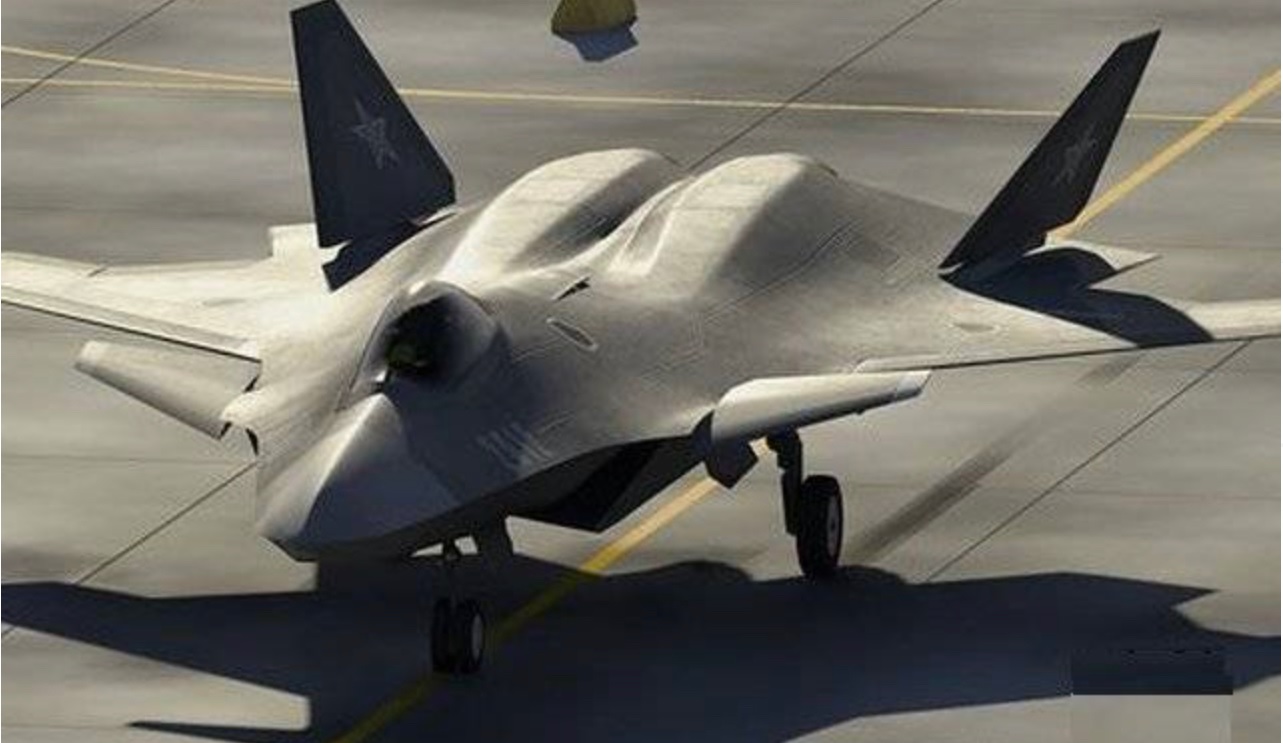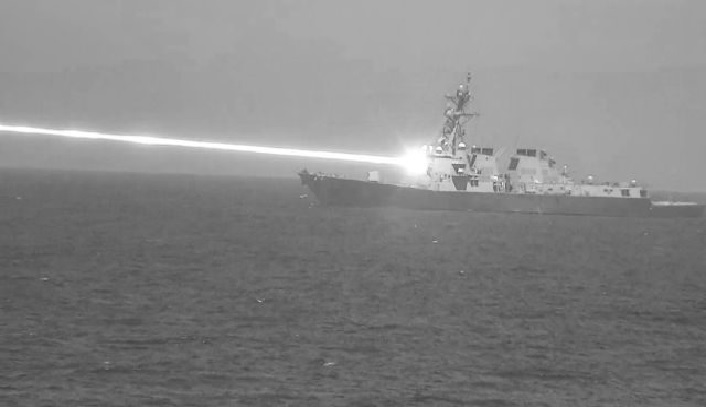Race for Sixth-Generation Fighter Jets: USAF Official Warns China Could Take the Lead

The race for the world’s first sixth-generation fighter jet has intensified, with a senior U.S. Air Force (USAF) official warning that China might outpace the United States in achieving initial operational capability. This revelation comes amid reports that China’s prototype has already completed its maiden flight, signaling significant advancements in Beijing’s military aviation ambitions.
China’s Sixth-Generation Fighter: Key Developments
China’s People’s Liberation Army (PLA) has been making headlines for its tailless sixth-generation fighter jet, revealed in December. The aircraft features a striking double-delta wing design, optimized for supersonic speeds, enhanced stealth capabilities, and advanced maneuverability. Reports suggest the prototype incorporates cutting-edge avionics, integrated artificial intelligence (AI), and potentially directed-energy weapons for advanced combat scenarios.
China’s progress in aviation technology is part of a broader strategy to challenge U.S. air dominance, particularly in the Asia-Pacific region. Beijing’s rapid advancements have alarmed military analysts, as they represent a significant shift in global power dynamics.
USAF Response: NGAD Program
The U.S. is countering China’s progress through its highly classified Next Generation Air Dominance (NGAD) program. Launched in 2023, NGAD aims to develop a sixth-generation fighter with unmatched capabilities. The jet is expected to operate in tandem with unmanned drones, emphasizing teamwork between manned and unmanned systems.
Although specific details remain under wraps, USAF Secretary Frank Kendall has described the NGAD aircraft as a revolutionary platform, featuring:
- Enhanced lethality: Advanced weapon systems to counter evolving threats.
- Survivability in contested airspace: Optimized stealth and countermeasures for hostile environments.
- Adaptability: Rapid integration of new technologies to address future challenges.
- Interoperability: Seamless coordination with allied forces and unmanned systems.
The NGAD fighter will also leverage advanced propulsion systems, AI for decision-making, and sensor fusion to provide a comprehensive situational awareness edge.
Why the Race Matters
Andrew Hunter, the outgoing USAF acquisition executive, recently cautioned that China’s sixth-generation fighter could reach operational readiness before the U.S. “I think we’ll have the better capability, but we certainly have no time to lose,” Hunter remarked. This underscores the urgency for the U.S. to maintain its technological edge, given the strategic implications of losing air superiority.
The U.S. has historically relied on air dominance as a cornerstone of its global military strategy. A delay in NGAD’s deployment could weaken its ability to deter aggression, particularly in regions like the Indo-Pacific, where China’s military influence is growing.
China’s Strategic Advantages
China’s defense industry has demonstrated remarkable efficiency, often achieving milestones faster than expected. By leveraging reverse-engineering techniques, domestic innovation, and significant state-backed funding, Beijing has managed to close the gap with Western military technology.
The sixth-generation fighter aligns with China’s long-term goals, including its ambitions to dominate contested areas like the South China Sea and challenge U.S. influence in East Asia.
A Tight Race
While the U.S. remains confident in the NGAD’s superior capabilities, time is of the essence. The next-generation aircraft will not only symbolize technological prowess but also define air superiority in future conflicts. Both nations are racing to incorporate breakthrough technologies such as hypersonic missiles, AI-driven combat systems, and advanced stealth to ensure dominance in the skies.
As this competition unfolds, the stakes couldn’t be higher. A sixth-generation fighter jet represents not just a leap in aviation but also a strategic tool capable of reshaping global power balances. Whether the U.S. or China crosses the finish line first will likely have profound implications for military and geopolitical dynamics worldwide.



